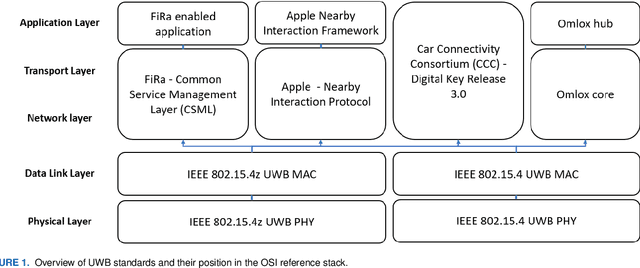Chris Marshall
Horizon Scans can be accelerated using novel information retrieval and artificial intelligence tools
Apr 02, 2025Abstract:Introduction: Horizon scanning in healthcare assesses early signals of innovation, crucial for timely adoption. Current horizon scanning faces challenges in efficient information retrieval and analysis, especially from unstructured sources like news, presenting a need for innovative tools. Methodology: The study introduces SCANAR and AIDOC, open-source Python-based tools designed to improve horizon scanning. SCANAR automates the retrieval and processing of news articles, offering functionalities such as de-duplication and unsupervised relevancy ranking. AIDOC aids filtration by leveraging AI to reorder textual data based on relevancy, employing neural networks for semantic similarity, and subsequently prioritizing likely relevant entries for human review. Results: Twelve internal datasets from horizon scans and four external benchmarking datasets were used. SCANAR improved retrieval efficiency by automating processes previously dependent on manual labour. AIDOC displayed work-saving potential, achieving around 62% reduction in manual review efforts at 95% recall. Comparative analysis with benchmarking data showed AIDOC's performance was similar to existing systematic review automation tools, though performance varied depending on dataset characteristics. A smaller case-study on our news datasets shows the potential of ensembling large language models within the active-learning process for faster detection of relevant articles across news datasets. Conclusion: The validation indicates that SCANAR and AIDOC show potential to enhance horizon scanning efficiency by streamlining data retrieval and prioritisation. These tools may alleviate methodological limitations and allow broader, swifter horizon scans. Further studies are suggested to optimize these models and to design new workflows and validation processes that integrate large language models.
An Overview of Ultra-WideBand (UWB) Standards(IEEE 802.15.4, FiRa, Apple): Interoperability Aspects and Future Research Directions
Feb 04, 2022



Abstract:The increasing popularity of ultra-wideband (UWB) technology for location-based services such as access control and real-time indoor track\&tracing, as well as UWB support in new consumer devices such as smartphones, has resulted in the availability of multiple new UWB radio chips. However, due to this increase in UWB device availability, the question of which (industry) standards and configuration factors impact UWB interoperability and compatibility becomes increasingly important. In this paper, the fundamentals of UWB compatibility are investigated by first giving an overview of different UWB radio chips on the market. After that, an overview of UWB standards and standardisation entities is given. Next, this overview is used to discuss the focus of these different standards and to identify the differences between them. We describe compatibility issues and associated interoperability aspects related to PHY, MAC, and upper layers. For the PHY layer, compatibility is possible for all UWB chips if the correct settings are configured. For the MAC layer, the implementation of the multiple access scheme as well as the localization technique is mostly proprietary. For the device discovery, several standards are currently being drafted. Finally, future challenges related to UWB interoperability are discussed.
 Add to Chrome
Add to Chrome Add to Firefox
Add to Firefox Add to Edge
Add to Edge